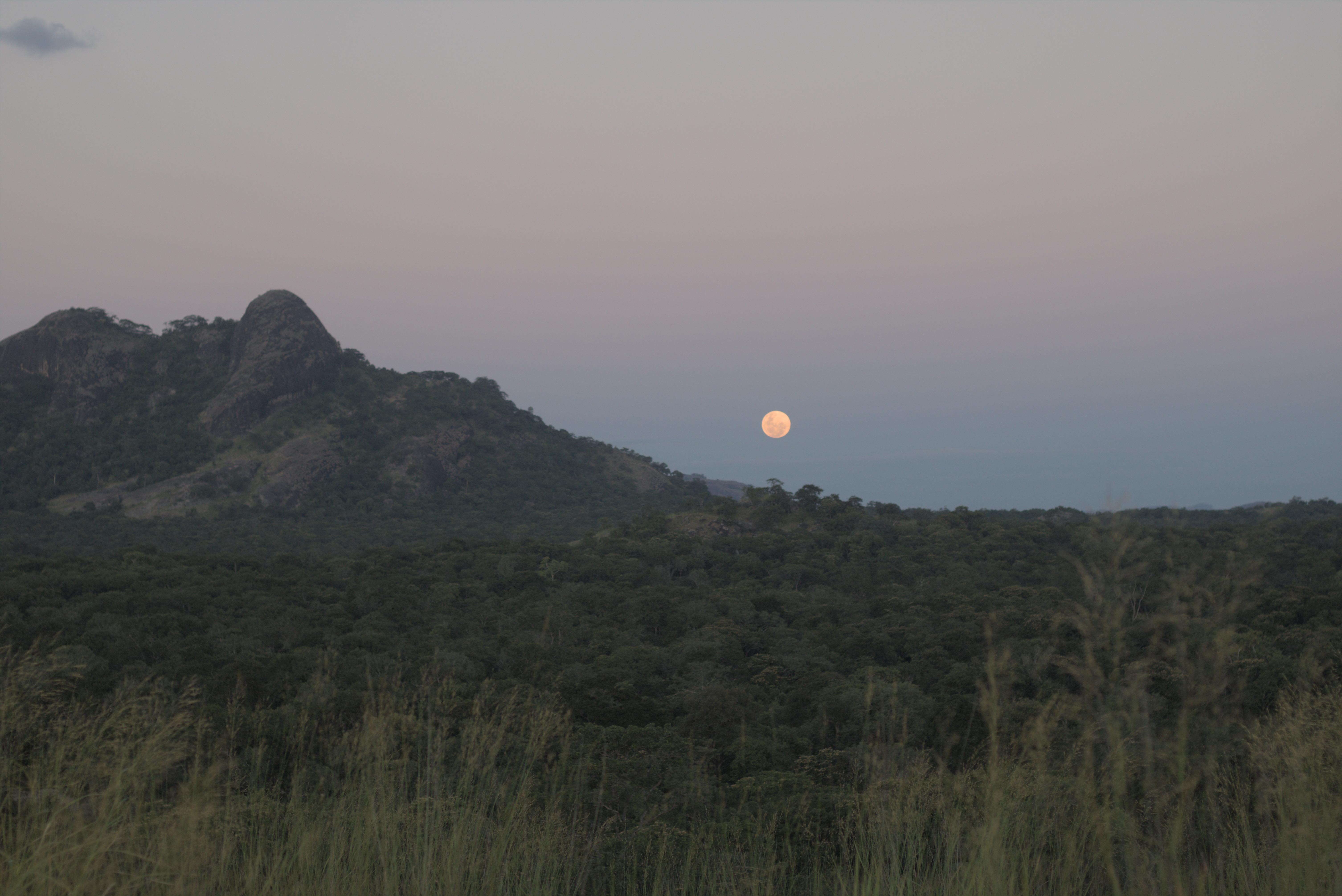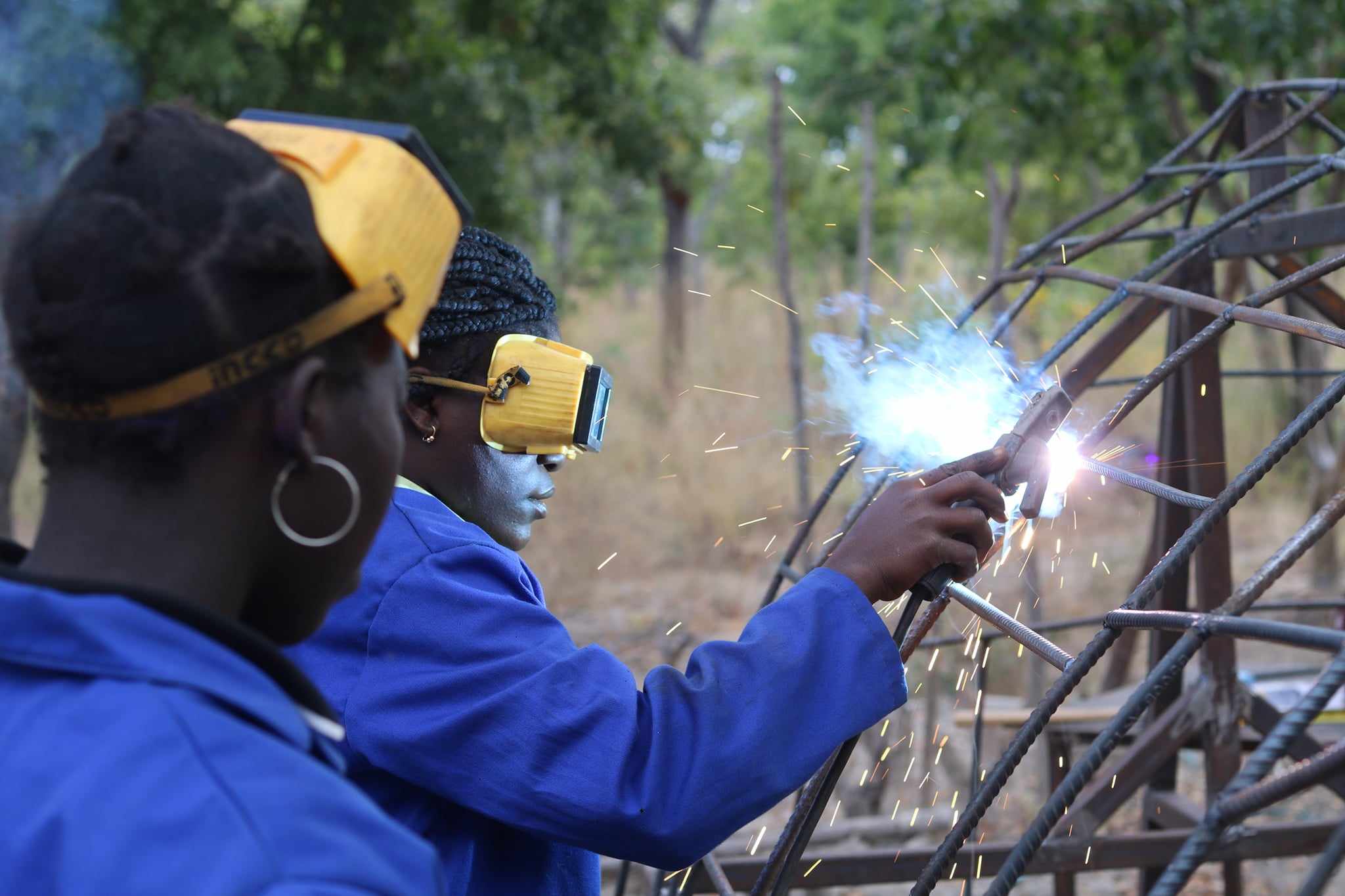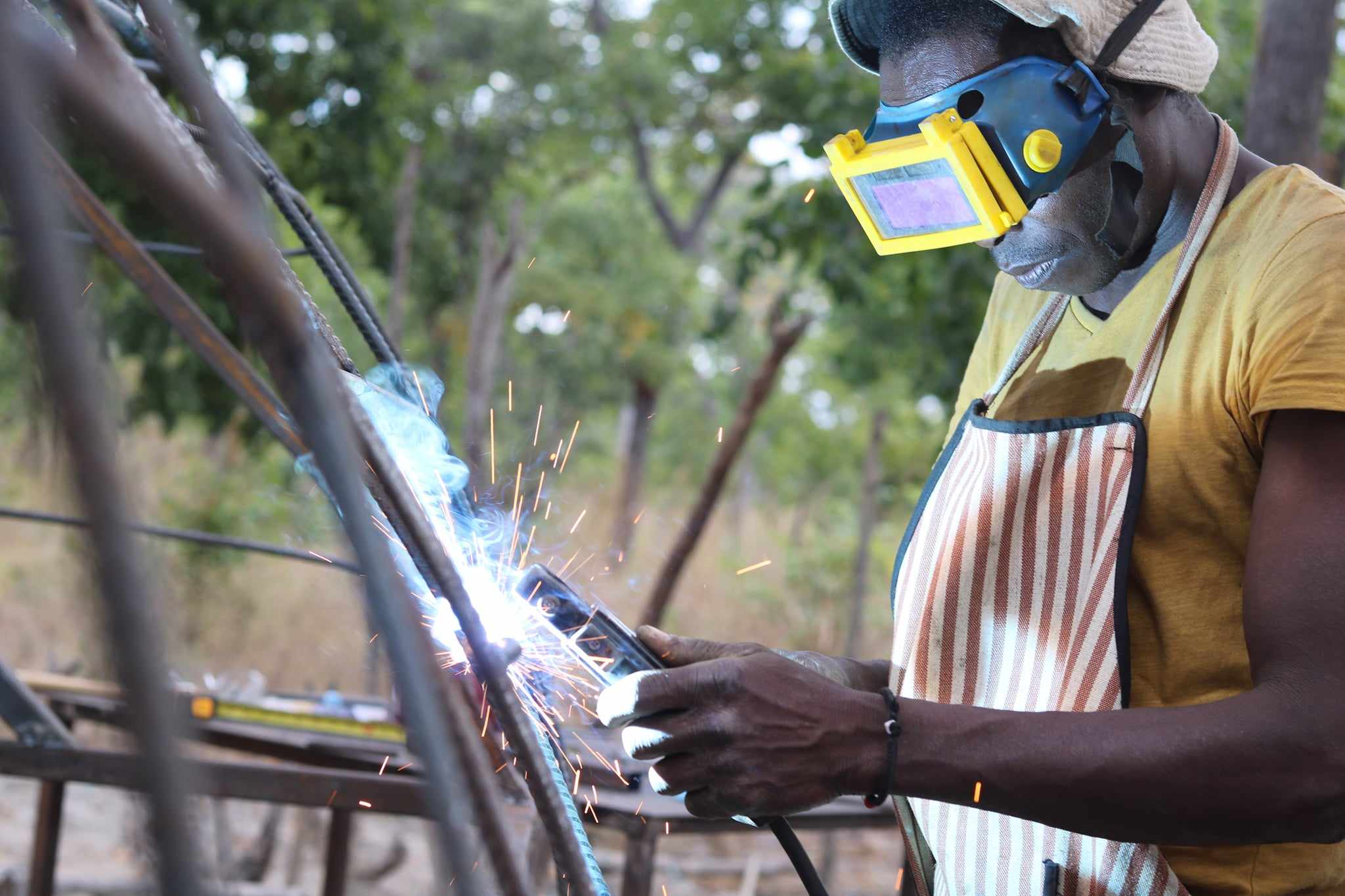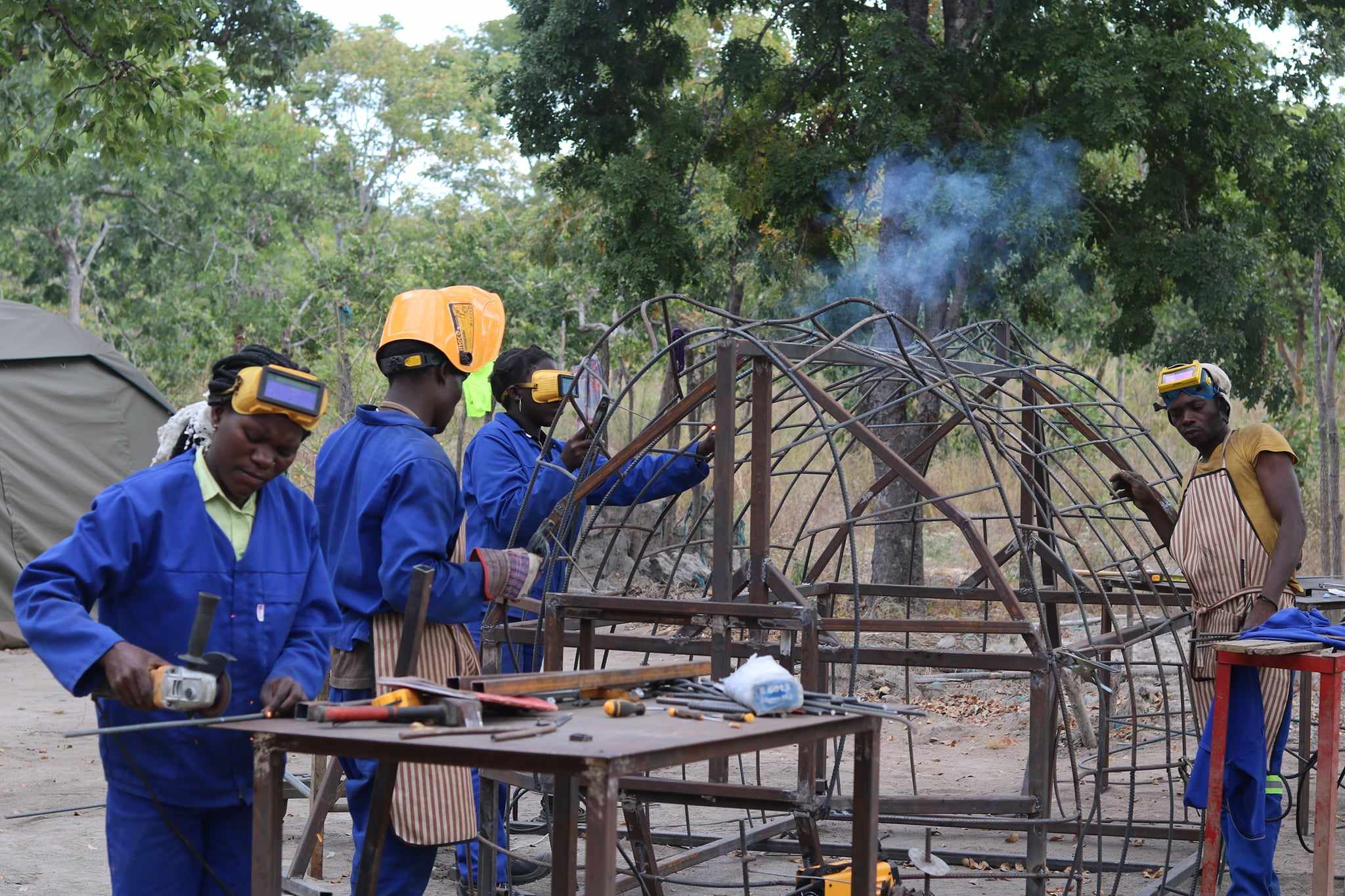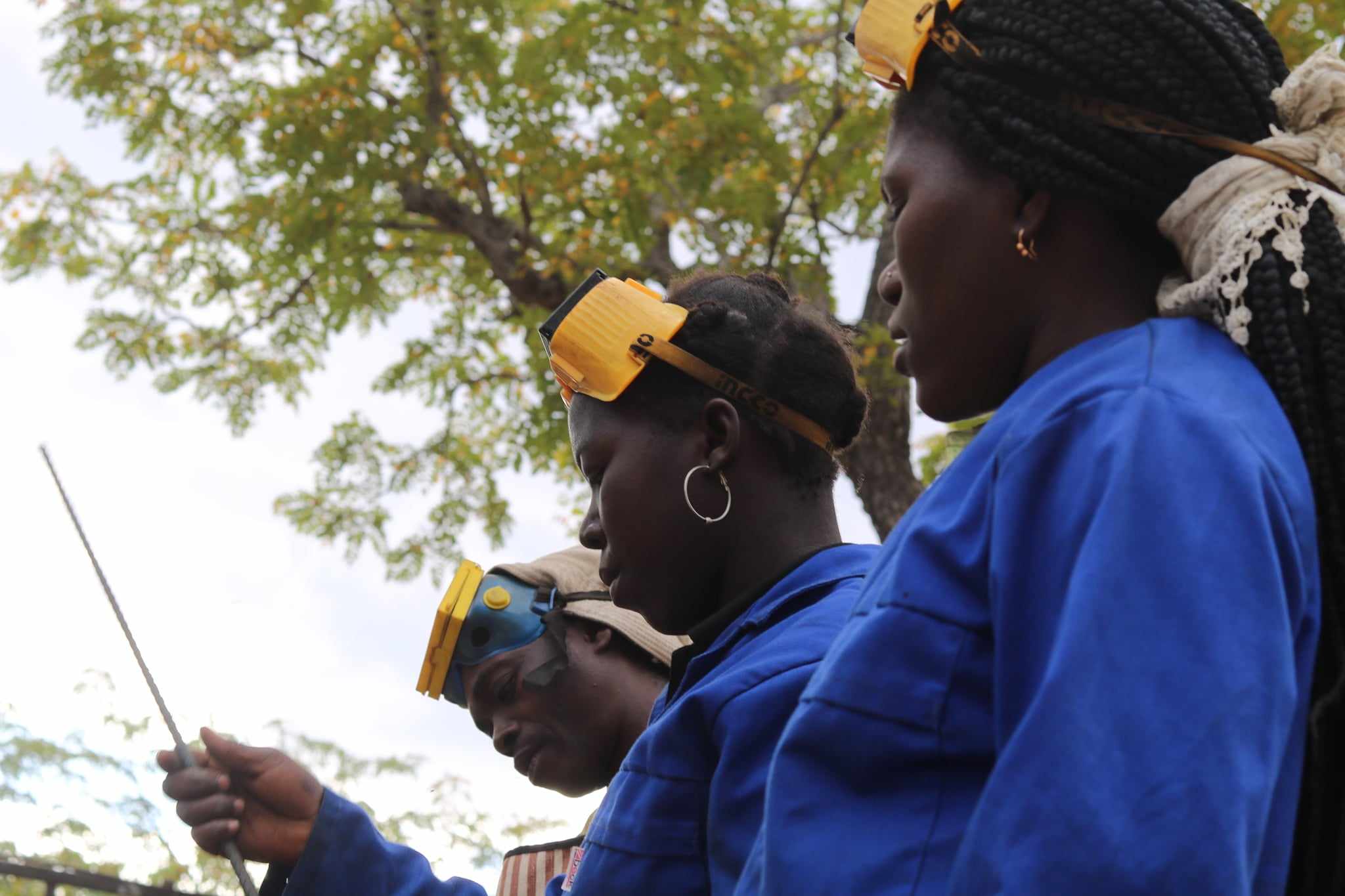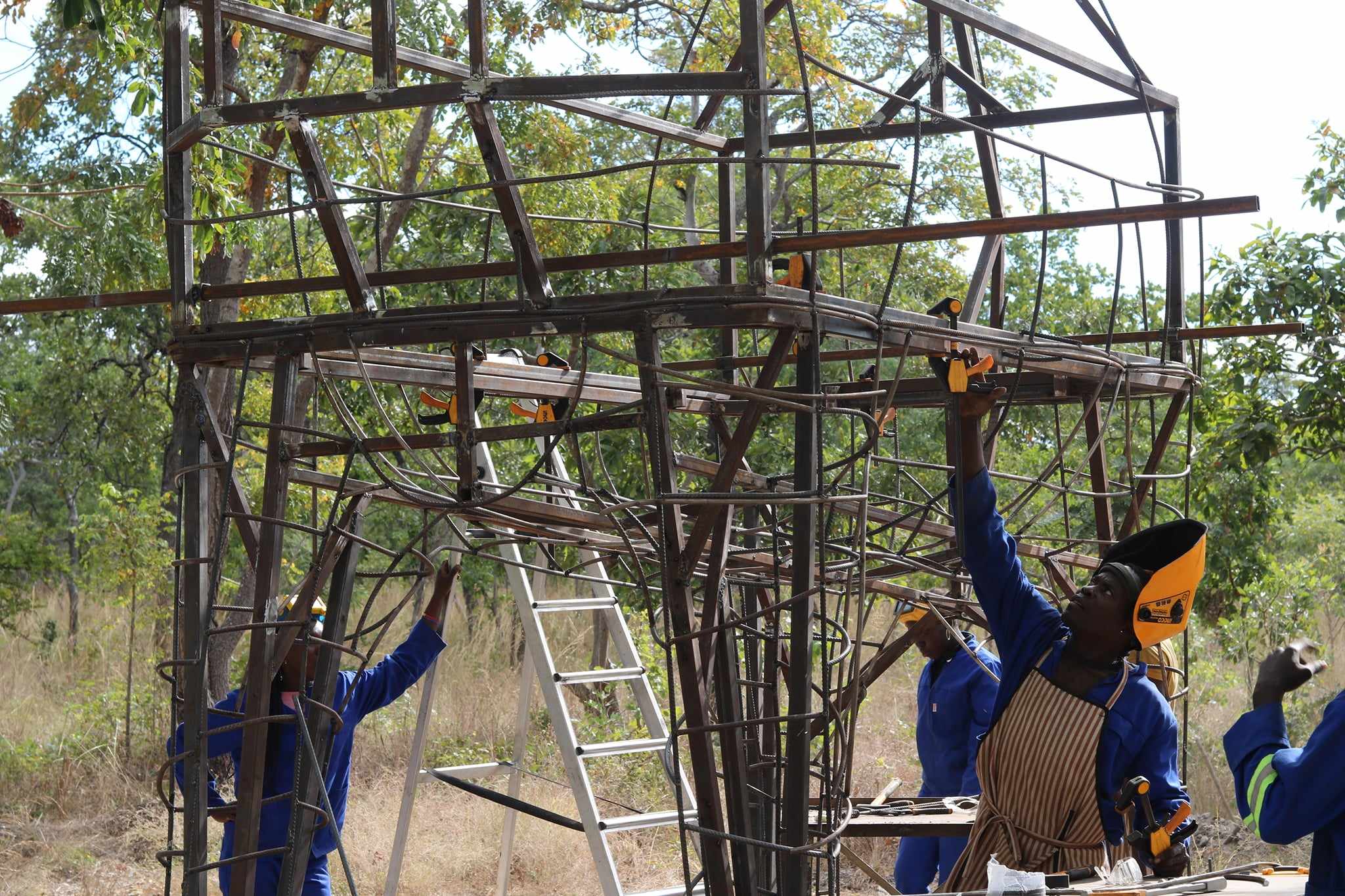“Aklo be voyage” - Agbodrafo, Togo 2025

The artists Yao Bobby and Jules Pennel, in collaboration with Agbodrafo’s inhabitants, have created a pirogue that has travelled through time, highlighting the traditional fishing that plays such an important role in the local economy.
The community of Agbodrafo has a multiple and sometimes paradoxical link with the sea. A historical link, due to the slave trade when slaves were torn from their culture and uprooted from their land, to disappear over the horizon. There is also an economic link, with traditional fishing providing some of the village's food. But the sea also causes damage to the coastline through beach erosion. The waves erase houses, roads and children's memories. Many people have lost their homes and have had to be rehoused.
To illustrate this link with the sea, we wanted to rebuild a pirogue that was badly worn, using local materials and fishing. By rebuilding it together, we're keeping the collective memory alive. The red earth on the hull is that recovered from the 2nd coastal road, which is gradually crumbling under the force of the waves. The mirrors added to the earth represent the reflections of the water. The superimposition of the two materials creates a feeling of transparency and lightness; the road, the houses and childhood memories disappear. Dozens of people from the village of agbodrafo took part in the reconstruction of the pirogue, and anyone who wanted to could tie a fishing line to the others to take part in the collective work.
Around forty children made three flags. Flags are used by fishermen to signal to other vessels that a net is in the water. Here, the flags indicate that the sea is advancing. The children also made masks representing people who have been uprooted from their land. These were made from objects that the sea itself has washed up on the beaches. Finally, a dozen coconut trees were planted. These trees protect us from erosion while generating the local economy through their fruit. They symbolise the deep-rootedness of individuals, in their culture, in the face of rising waters.
This project was carried out in February 2025 as part of a Métis Mobility project financed by the Métis Fund.
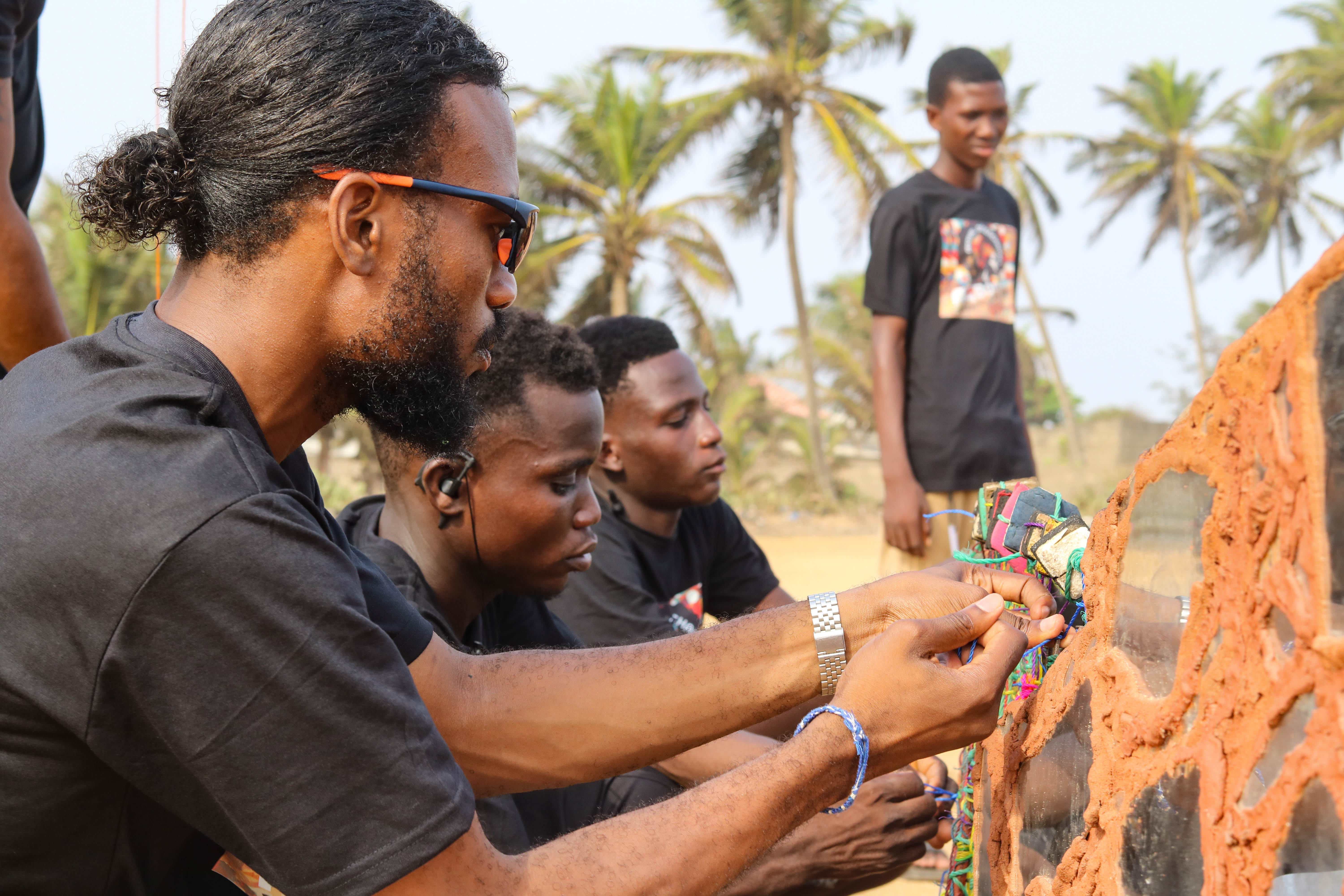







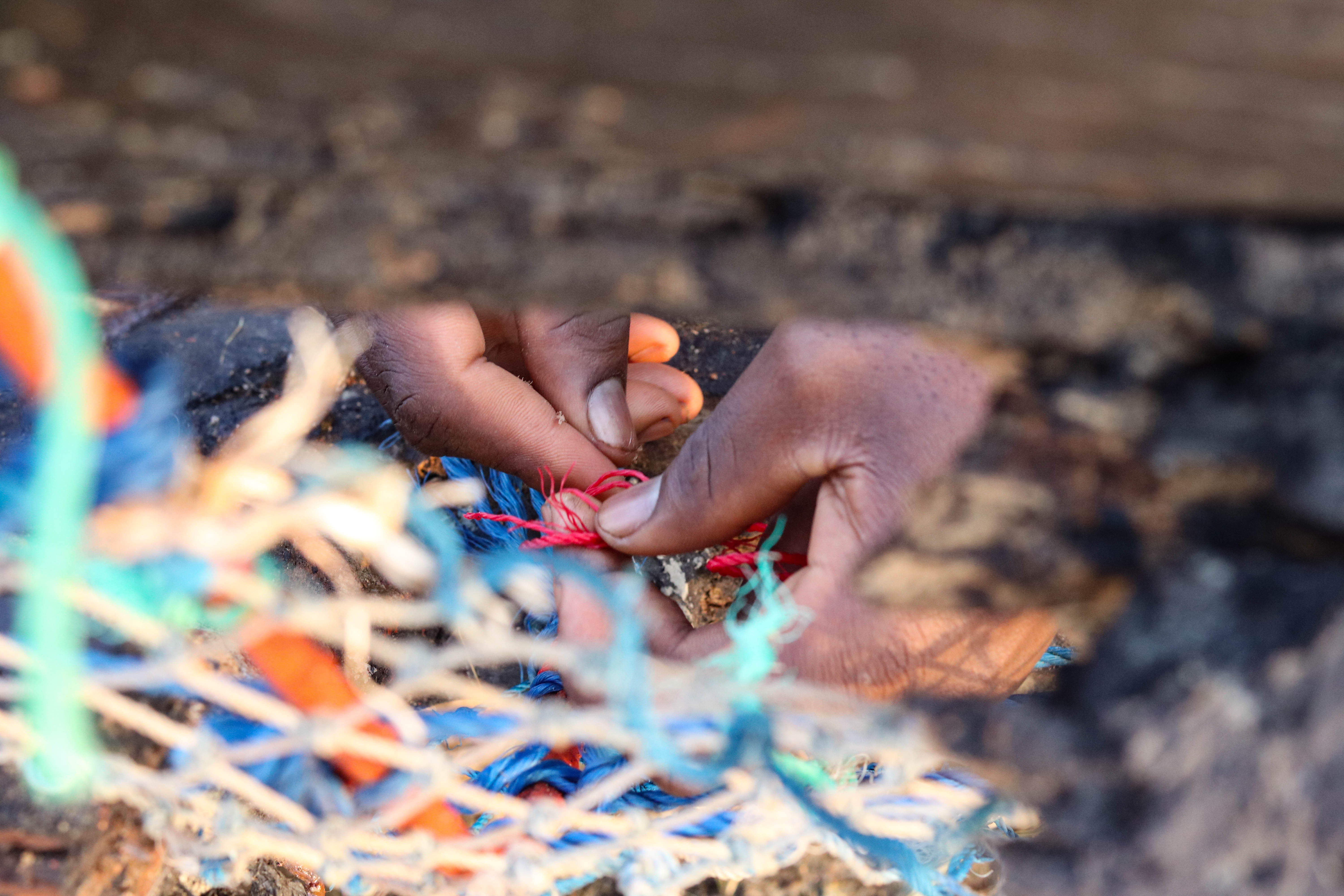









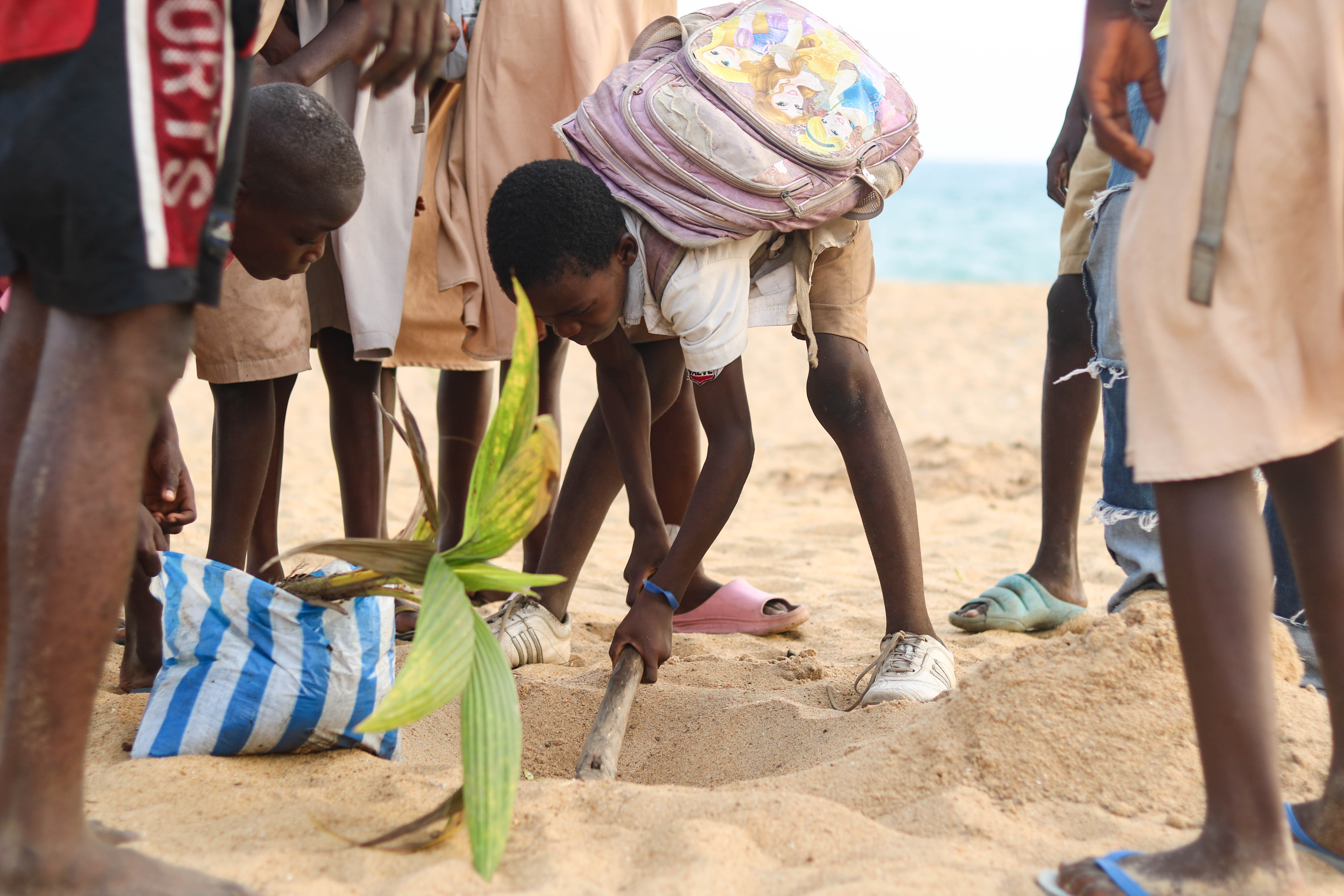
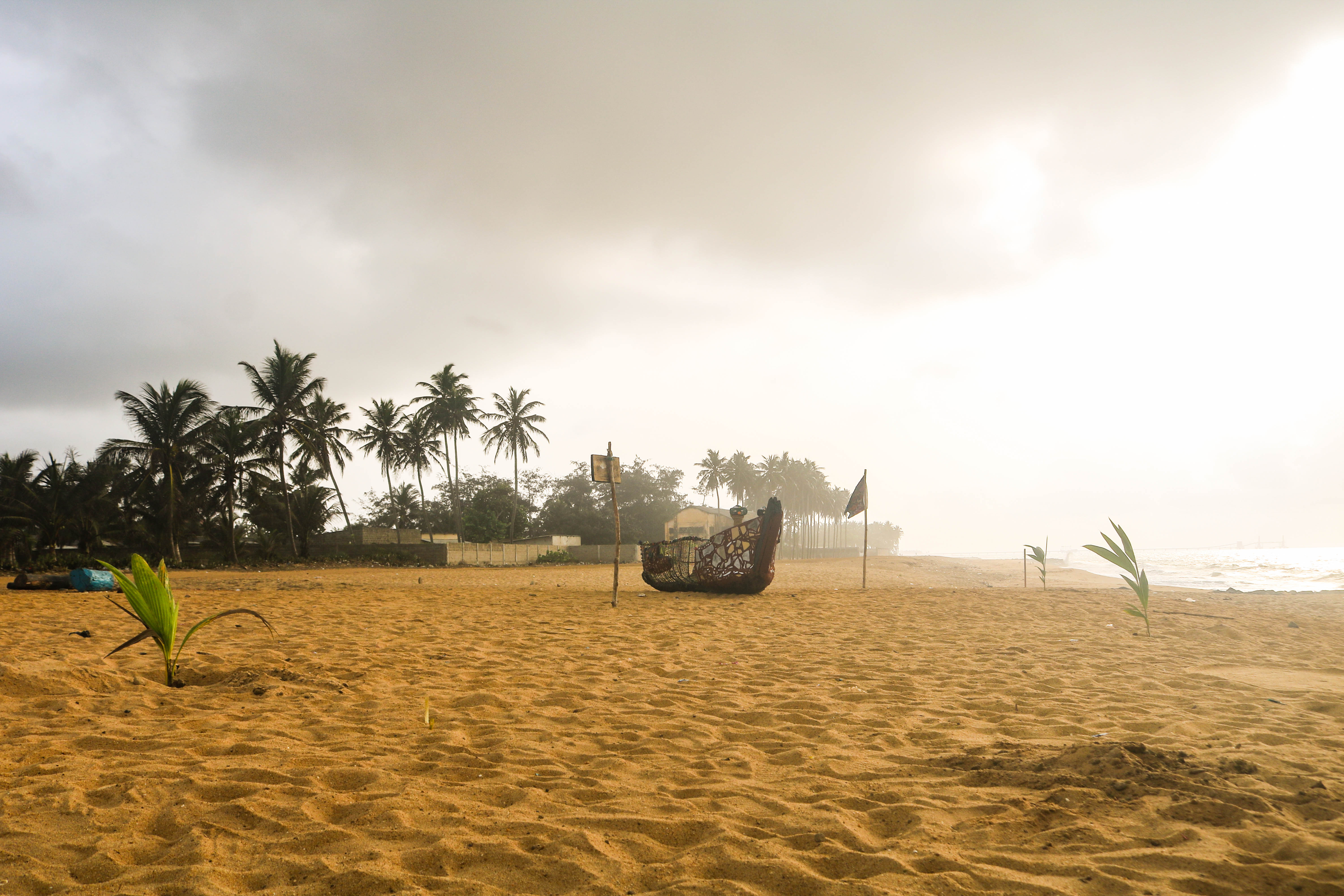

“Big fish” French elementary school - Lomé, Togo
I spent a week with pupils and teachers from the French school in Lomé to work on an artistic and educational project to raise awareness of ocean pollution.
At the suggestion of the nursery school's eco-delegates, 6 classes from kindergarten to CM2 dressed a large fish that I made from steel. All the materials used came from waste collected at home or on the beach. There are scraps of loincloth, fishing nets and wires, plastic corks, capsules, shells and wire. With its mouth wide open, the gourmet fish will gobble up empty cans used by young and old alike. Once full, the fish will be emptied and craftsmen will come and transform this metal waste into practical objects for children (rulers) to give them a second life. This week was accompanied by a ‘zero waste’ challenge to show that the best waste is the waste we don't produce!
‘In fact, it's a bit like giving life to a fish that has died because of rubbish, to pay tribute to it,’ Amandine, CM1.
‘If the fish takes part in an ocean fashion show, it'll be the star for sure’, her friend Clara from the same class.
3m long, 2m high and 1.5m wide
At the suggestion of the nursery school's eco-delegates, 6 classes from kindergarten to CM2 dressed a large fish that I made from steel. All the materials used came from waste collected at home or on the beach. There are scraps of loincloth, fishing nets and wires, plastic corks, capsules, shells and wire. With its mouth wide open, the gourmet fish will gobble up empty cans used by young and old alike. Once full, the fish will be emptied and craftsmen will come and transform this metal waste into practical objects for children (rulers) to give them a second life. This week was accompanied by a ‘zero waste’ challenge to show that the best waste is the waste we don't produce!
‘In fact, it's a bit like giving life to a fish that has died because of rubbish, to pay tribute to it,’ Amandine, CM1.
‘If the fish takes part in an ocean fashion show, it'll be the star for sure’, her friend Clara from the same class.
3m long, 2m high and 1.5m wide
“The footbridge that connects”
Agence Française de Développement - Paris, France

Agence française de développement (AFD) is a public financing institution that implements France's development policy, works to combat poverty and promotes sustainable development.
AFD is present on five continents where it finances and supports development projects in 115 countries. It has a network of 85 agencies and 17 regional offices worldwide, including in Overseas France and Brussels.
At the Hivernales, AFD Group's annual meetings held in Paris from 6 to 10 January, the Group's branch managers around the world were invited to bring an object symbolising the link they have with their country of residence.
If art has the power to question our world and develop new imaginaries, its poetry is materialised by a gesture, a link, a commitment. To meet the contemporary challenges that affect all of humanity and its landscapes, the directors of Agence Française pour le Développement are committed to building a better future all over the world. As well as being part of the history that links them, this sculpture highlights their personal stories through objects they have chosen to symbolise their connection with their region. These fragments of life are the soul of a bridge that links cultures to meet present and future challenges.
3m60 long, 2m20 high and 60cm wide
At the Hivernales, AFD Group's annual meetings held in Paris from 6 to 10 January, the Group's branch managers around the world were invited to bring an object symbolising the link they have with their country of residence.
If art has the power to question our world and develop new imaginaries, its poetry is materialised by a gesture, a link, a commitment. To meet the contemporary challenges that affect all of humanity and its landscapes, the directors of Agence Française pour le Développement are committed to building a better future all over the world. As well as being part of the history that links them, this sculpture highlights their personal stories through objects they have chosen to symbolise their connection with their region. These fragments of life are the soul of a bridge that links cultures to meet present and future challenges.
3m60 long, 2m20 high and 60cm wide

















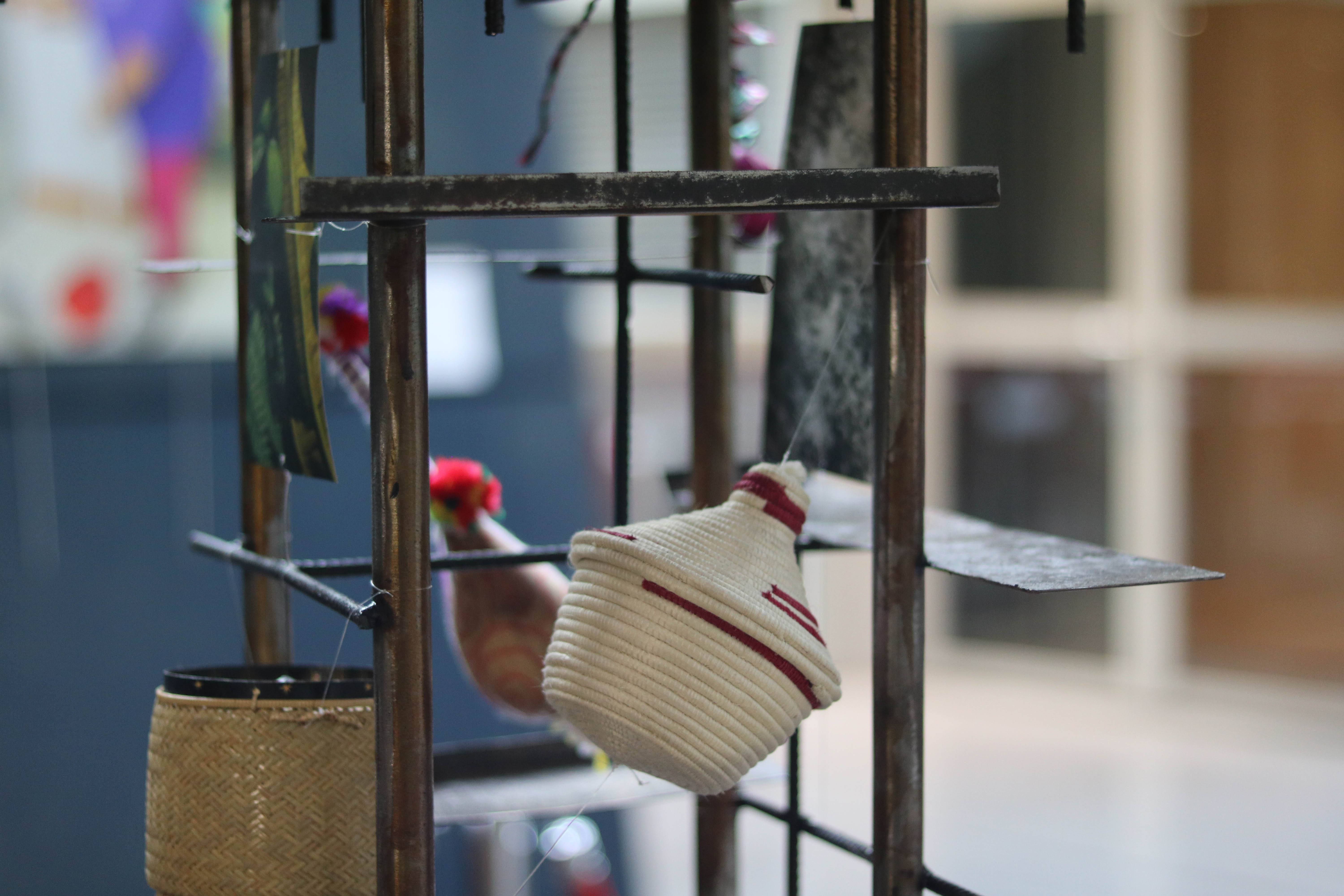
“Raft” Health centre - Epinay-sur-Seine, France
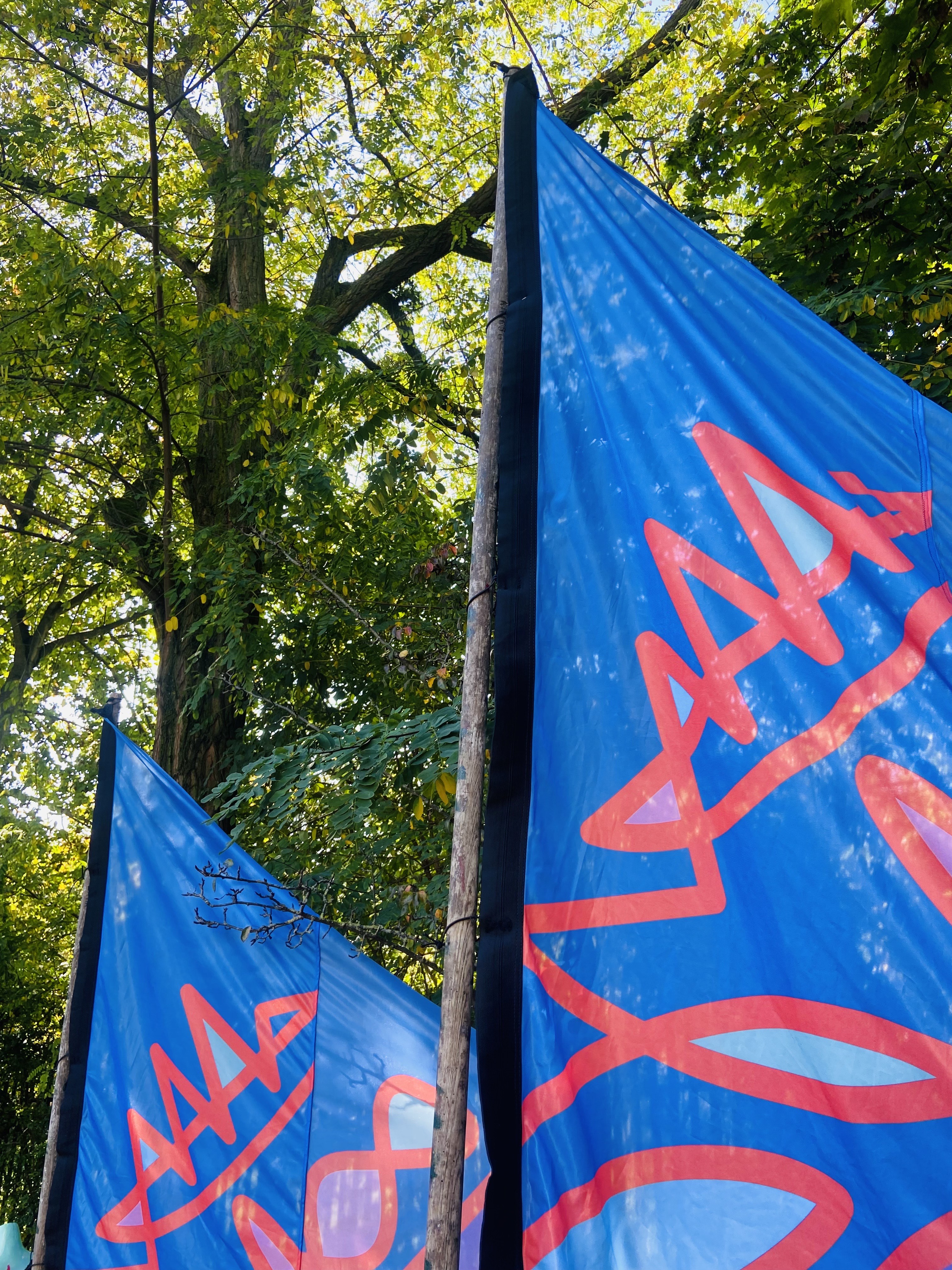
From mid-August to mid-October 2024, I had the chance to work at the psychiatric hospital on a project that was close to my heart: imagining a vehicle that could travel to meet other people and building it in real size using recycled materials.
For around fifteen sessions, I accompanied Xareni, Mohammed-Saïd, Halima, Christophe, Gerty, Mohammed-Amine, Ramzy, Bat-Shevaa, Sophie, Souad, Fatima, Estelle and Teodora as they drew and built models of vehicles straight out of their imaginations. Sophie showed us her pedal-powered cloud equipped with an anxiety net, Mohammed-Saïd his 3-axis microlight powered by bags of hospital valuables, and Bat-Shevaa her hot-air balloon featuring 4 sculptures. We pooled the ten or so works we had come up with to come up with one that they felt best represented the day hospital.
After dozens of hours spent together sanding, varnishing, painting, screwing, cutting and sewing, we hoisted the sails of this 6-wheeled, all-terrain, two-mast boat equipped with an anxiety net at the stern, 6 bags of valuables with plants growing in them and a colourful sculpture representing the emotions we might feel.
With this project, I wanted to open a small, creative, light and concrete window into their daily lives. It seems that since then, the patients have made the work in front of the hospital their own, playing guitar on it or hanging scoubidous on it like padlocks on the bridges of Paris. It was a very rich human experience and I had a great time! I had some really interesting discussions with the patients.
(The anxiety net is because you never get rid of your anxieties, but you learn to live with them)
A huge thank you to the health centre team for their trust and discussions, and especially to Brune, Didier and Alexandre.


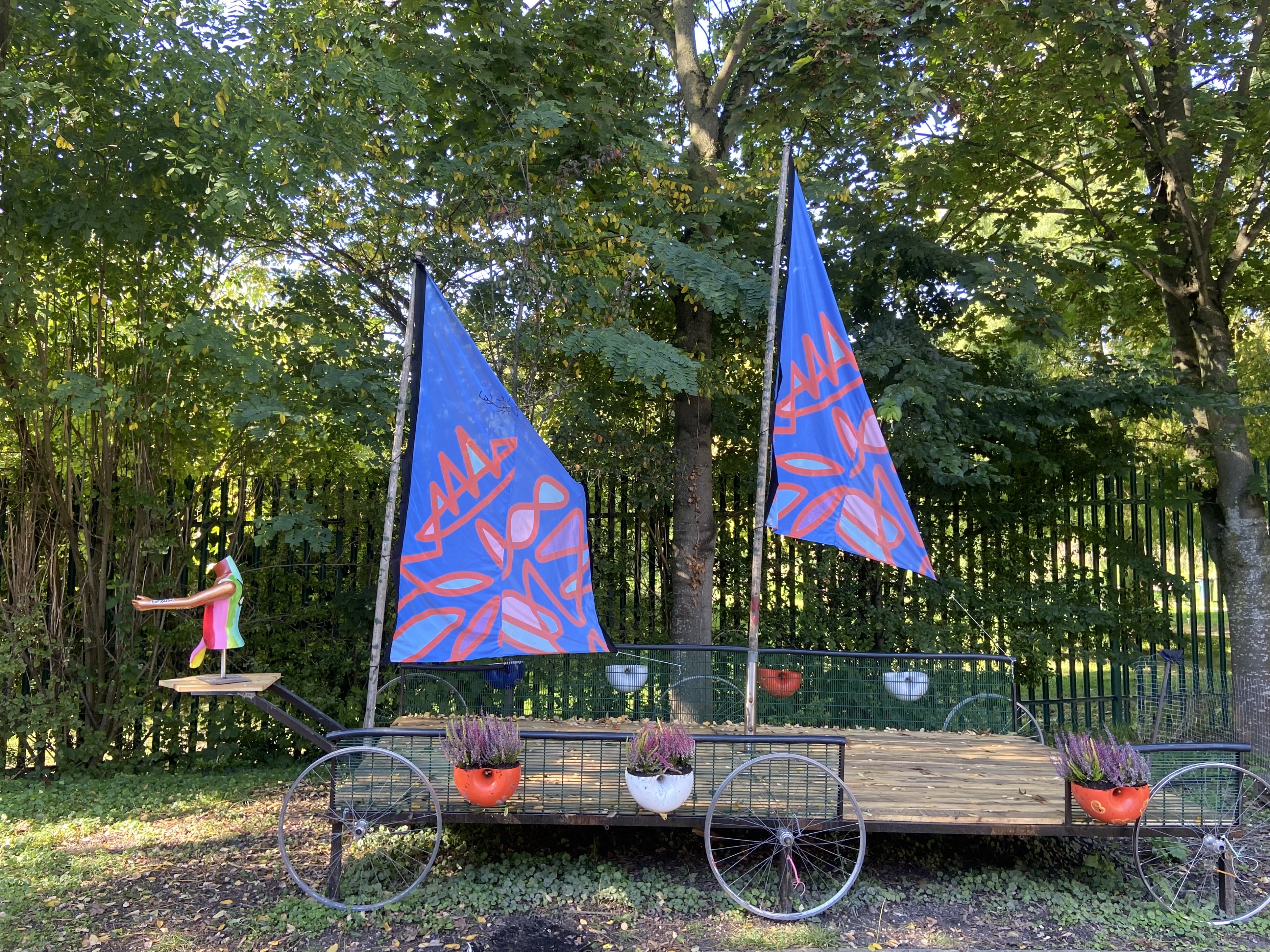




“Madala Vaku Niassa” - Niassa Special Reserve, Mozambique


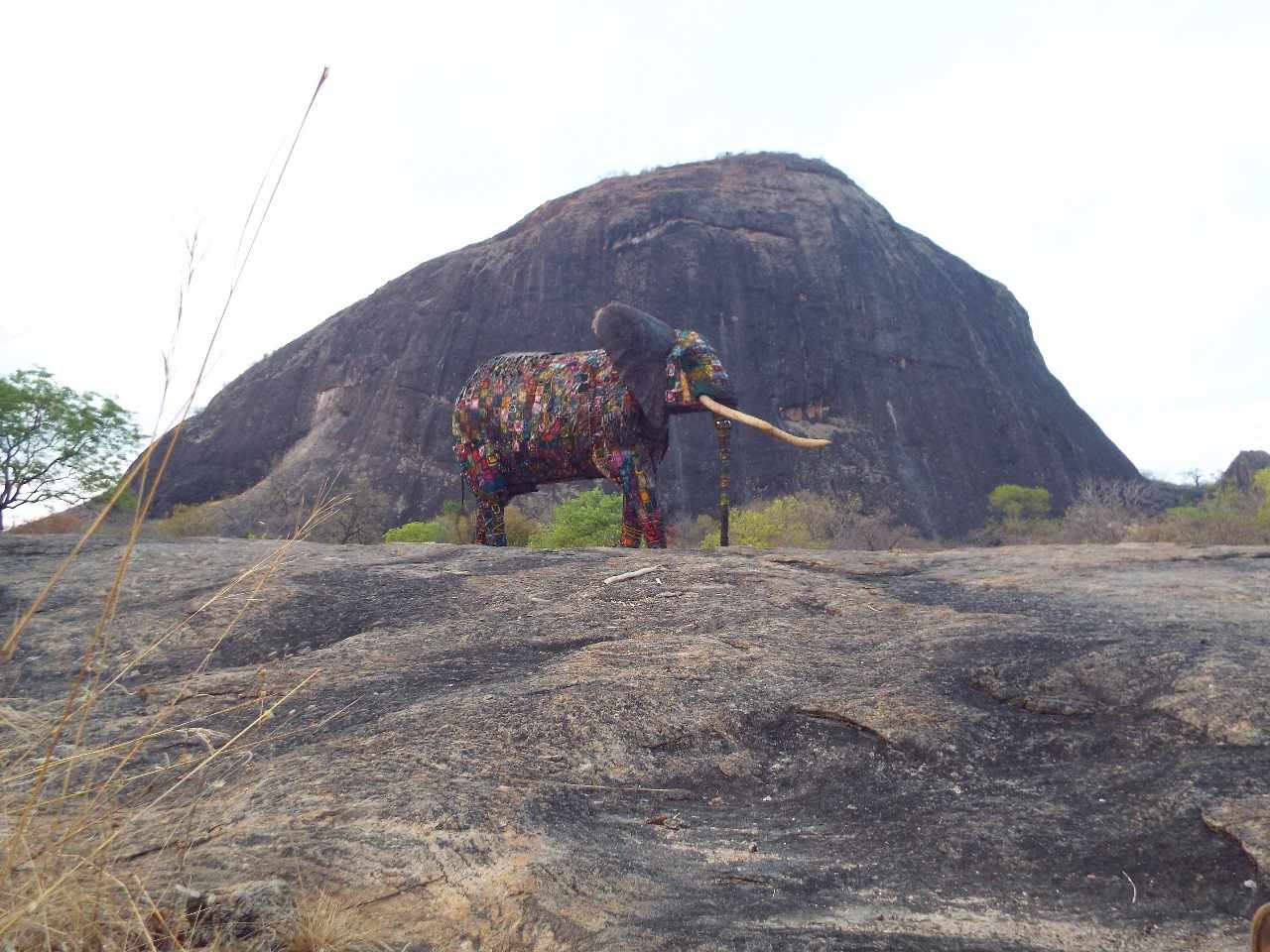
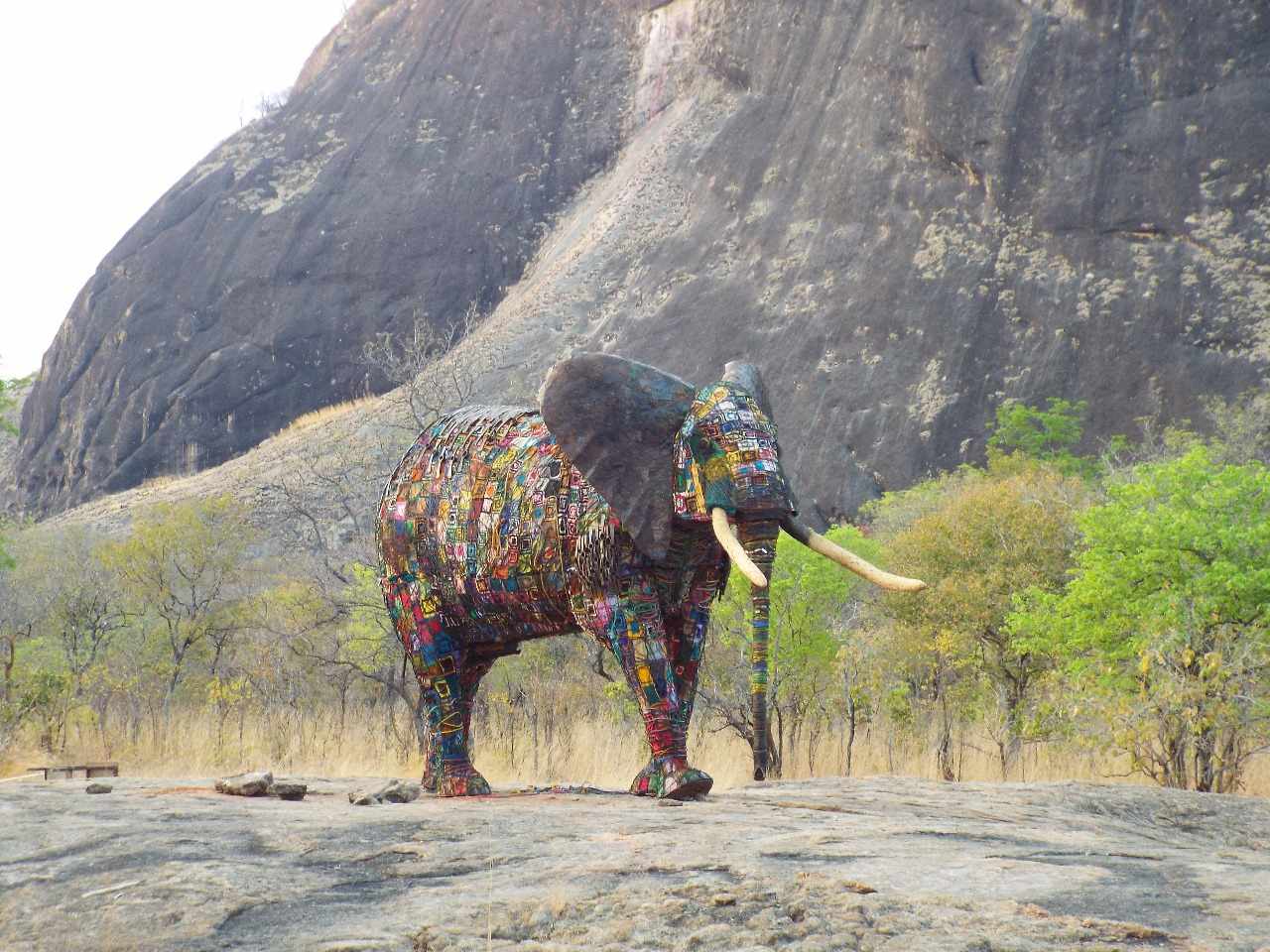

“Madala Vaku Niassa”, meaning the “ Elder of Niassa”, made by the Yao community and international artists in the Niassa Special Reserve, northern Mozambique. From april to septembre 2023, we have given life to a monumental sculpture of an elephant using materials coming from illegal activities collected for more than 15 years and wool.
Our goal: create awareness about the importance of conservation of our biodiversity and the impacts of poaching, show the grandiosity of Niassa Special Reserve, and represent the hope and resilience of the people of Niassa, their diversity and the fragility of our environment.
Our goal: create awareness about the importance of conservation of our biodiversity and the impacts of poaching, show the grandiosity of Niassa Special Reserve, and represent the hope and resilience of the people of Niassa, their diversity and the fragility of our environment.
Madala weighs around 800kg, measuring 4.30m high, 7m long and 2.30m wide.
To create this beautiful art piece, we used:
1768 wool squares
684 wire snares
356 rope snares
133 gold panning basins
209 mining picks
171 bullets
4 rifles
3 AKM magazines
1 pair of poacher’s shoes
13 machetes
1 axe







Kambi Ndembo (elephant camp, xiyao), Niassa Special Reserve 2023
